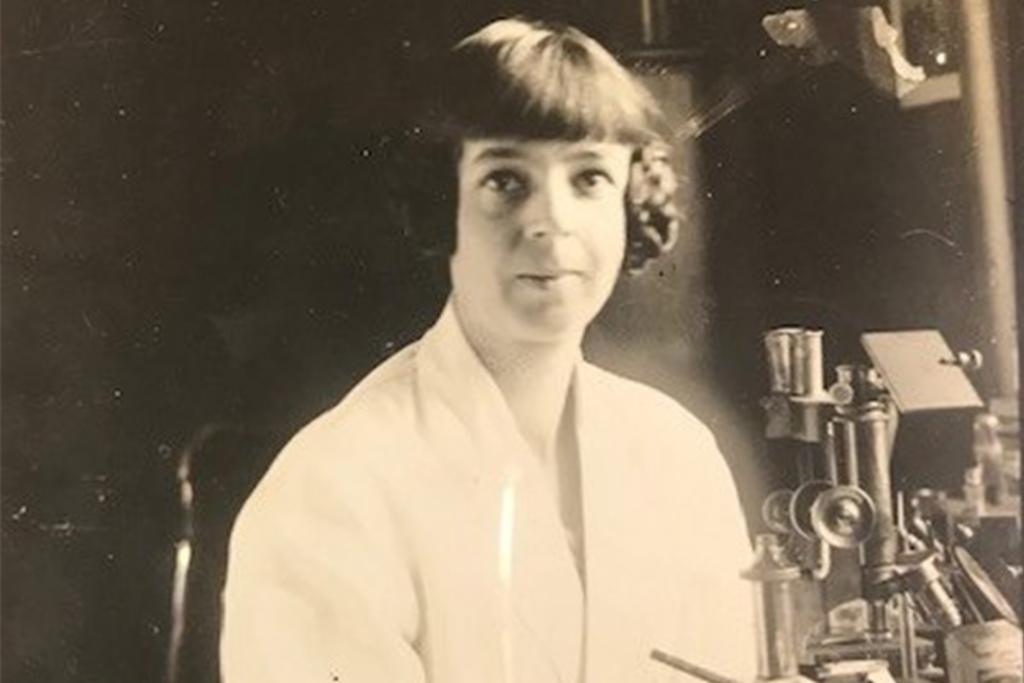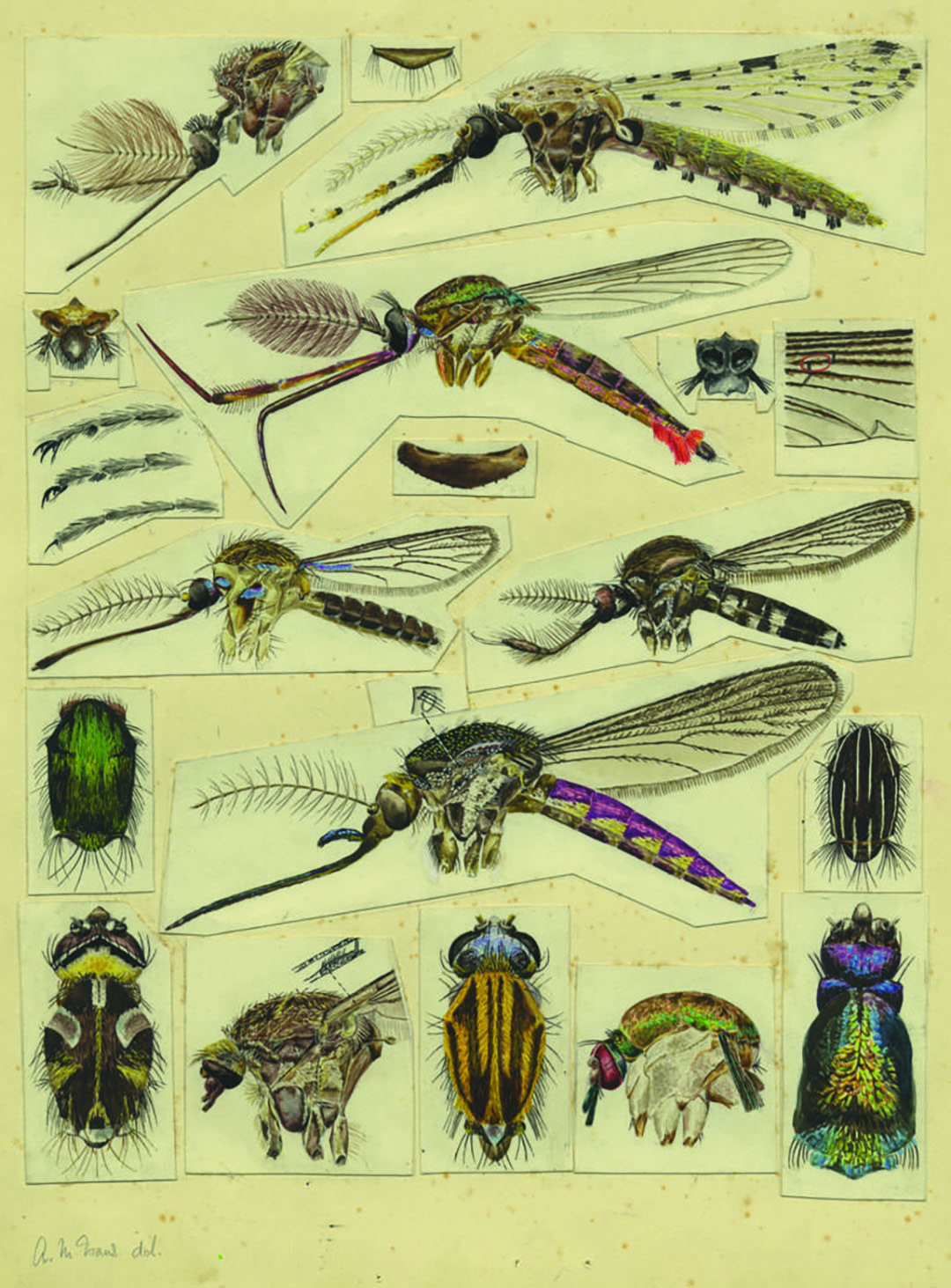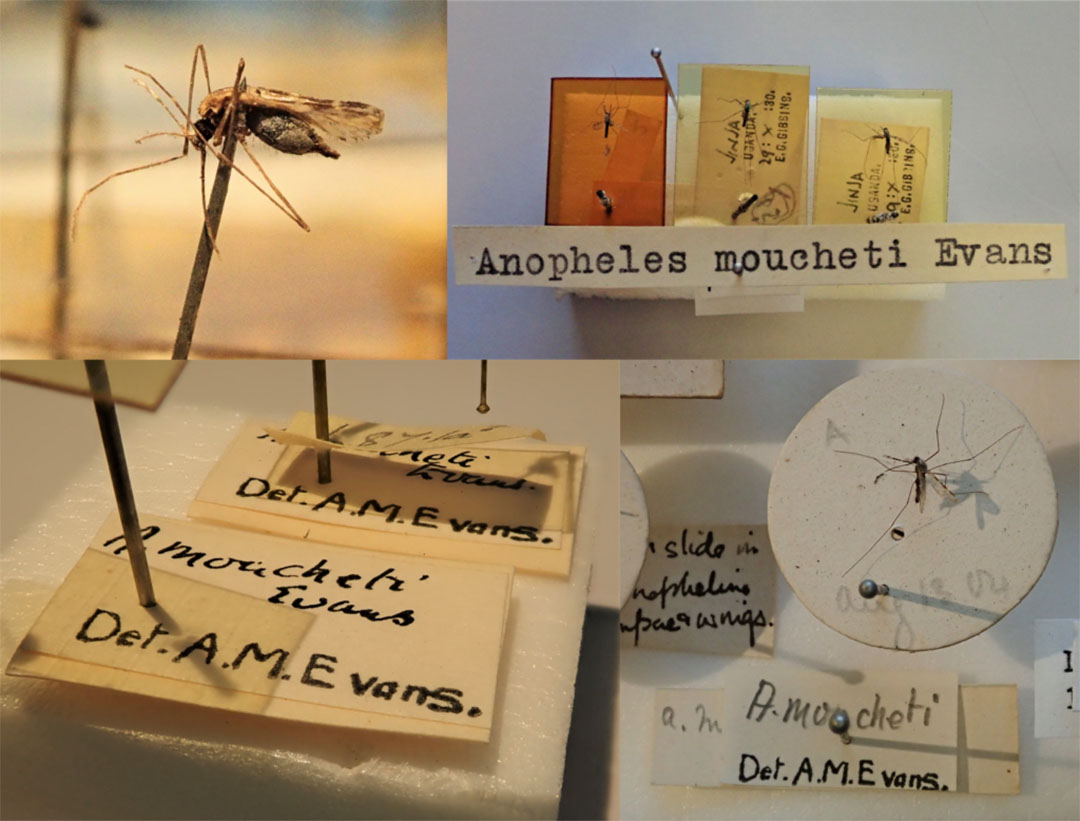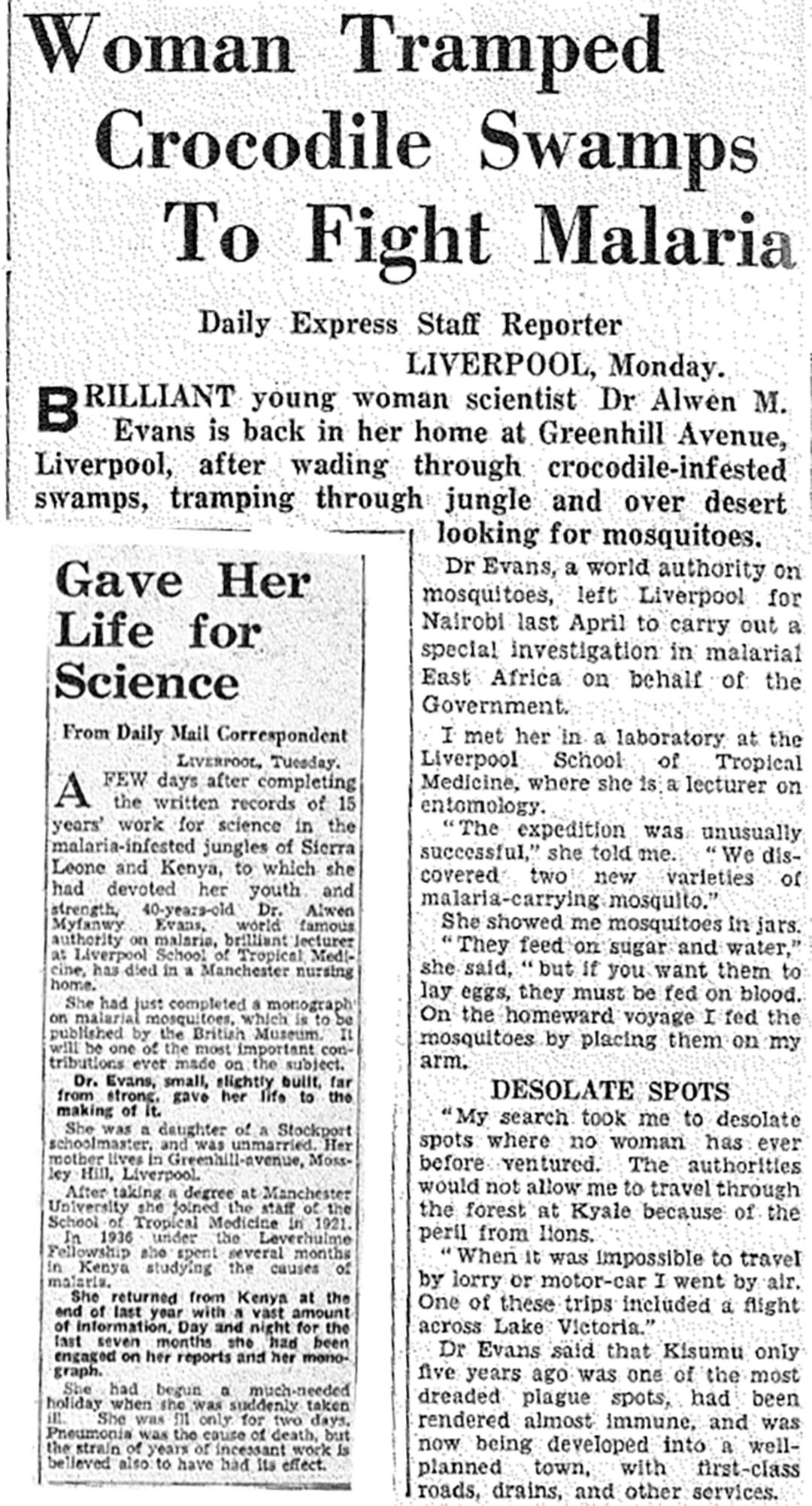Dr Alwen Evans, globally respected entomologist | Life Stories
As we celebrate 125 years of the Liverpool School of Tropical Medicine, our current entomologist looks back at a hero from the same field, Dr Alwen Evans

In the early 20th century, Dr Alwen Myfanwy Evans had a worldwide reputation in entomology, held in high esteem in an almost exclusively male field. Here we celebrate her achievements over her relatively short career, where she made important contributions to the study of malaria carrying mosquitoes.
On completing her Masters from The University of Manchester in 1918, the 23 year old returned to her home city to begin working at the Liverpool School of Tropical Medicine (LSTM). Initially studying tsetse flies (Glossinidae), she went on to specialise in malaria carrying mosquitoes, Anophelines, quickly becoming a recognised expert in African Anophelines and becoming LSTM’s first female lecturer in entomology in 1921.
Soon after, she set off on two major expeditions to Africa. The first of which was in 1925 to Sierra Leone where she spent several months carrying out mosquito surveys in Freetown and worked in the lab assisting local experts with species identification. She subsequently published ‘Breeding places of Anopheline mosquitoes in and around Freetown, Sierra Leone’ in 1926.

In addition to being a brilliant entomologist, she was also an excellent artist and in 1928, she was awarded her PhD from the University of Manchester with the thesis, ‘A Short Illustrated Guide to the Anophelines of Tropical and South Africa’. She illustrated several highly detailed and beautiful mosquito drawings, some of which she used for her teaching.
In 1936, she was back in Africa, this time in the East where she spent 6 months under the auspice of a Leverhulme Research Fellowship. Before sailing for Kenya, she said:
"The principal part of my researches will be the exact identification of certain mosquitoes. About 30 species are known to exist, and I have the natural desire of the entomologist to add to the list. My researches will form the starting point from which other workers may devise methods of controlling insect-carried diseases".
So dedicated to her science, she earned a reputation in the press as being an intrepid explorer, ‘wading through crocodile-infested swamps, trampling through jungle and over desert, looking for mosquitoes.’ She was described as going ‘where no woman had ever been’ to help fight malaria and even fed the live mosquitoes she collected with her own blood by placing them on her arm on her homeward voyage.

Upon her return from Africa, she completed her most famous work, ‘Mosquitoes of the Ethiopian Region’ but sadly died from pneumonia, aged 42, just two weeks after completing it. It was later published by the British Museum in 1938 and was recognised as one of the most important contributions ever made on the subject.
The following year, in the journal Nature, a fellow scientist wrote:
"We have nothing but praise for this comprehensive and scholarly work, which is admirably arranged and clearly illustrated. In every respect it forms a worthy memorial to its author, whose decease, in the midst of an active and scientific life, was a great loss to workers in medical entomology".
World Museum’s collection of World Diptera (flies) is dominated by the medically important groups in the Liverpool School of Tropical Medicine Collection. These 30,000 specimens include some of Alwen’s mosquitoes. The photos above show a few examples of the specimens which proudly hold Alwen’s name on their labels, now immortalised in the museum’s entomology collections.

Lead image: Alwen Evans © LSTM
